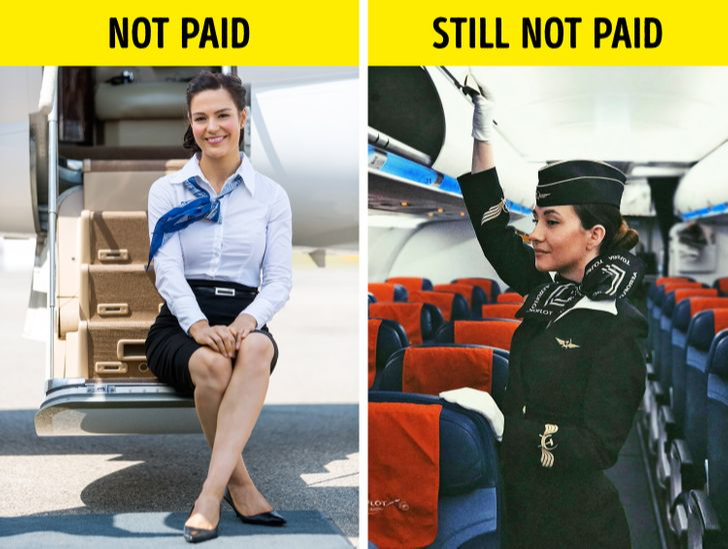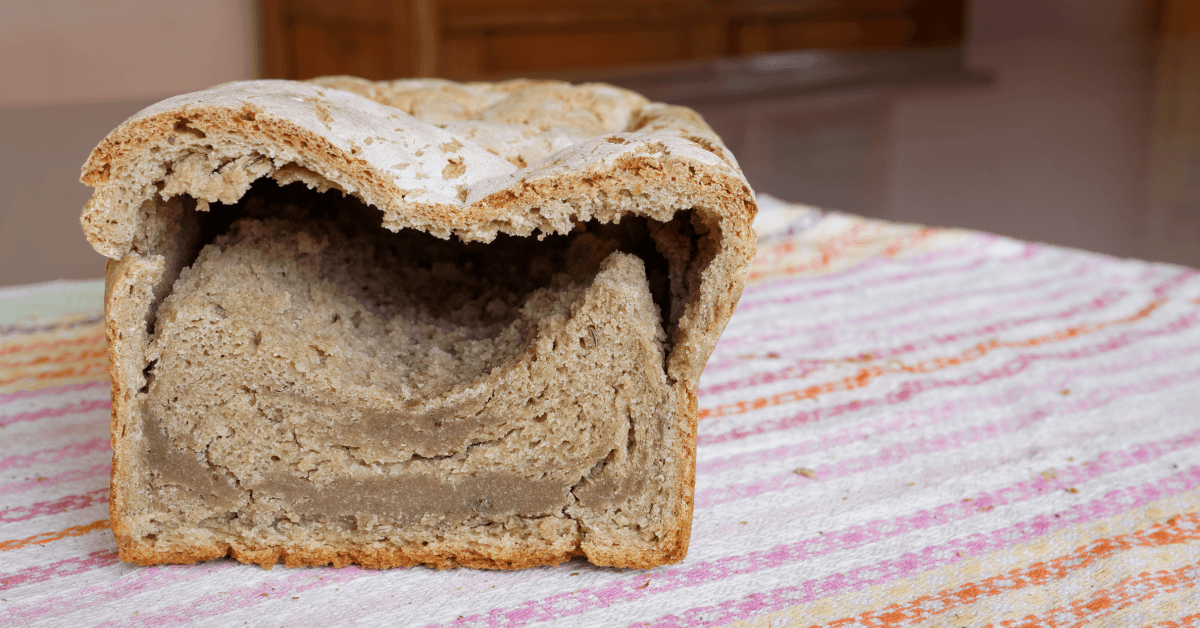One of the most fascinating professions in the world is that of a flight attendant. These skilled individuals glide effortlessly through the aisles, dressed impeccably and exuding confidence. Regardless of the challenges they face, they maintain warm smiles, ensuring passengers feel at ease. Yet, behind their polished exterior, flight attendants hold personal secrets that most travelers never discover.
With curiosity as our guide, we aimed to uncover the lesser-known stories of flight attendants and gather practical tips for a more comfortable travel experience. Along the way, we learned that even in their demanding roles, flight attendants find moments of joy and relaxation, blending professionalism with humanity.
10. In the past, flight attendants were all men.

The flight attendant role was initially dominated by men. The first attendants were male, reflecting societal norms of the time. However, in 1930, Ellen Church, a nurse and pilot, applied to Boeing Air Transport, becoming the first female flight attendant.
Church’s innovative idea showcased the advantages of having women in this role, and airlines quickly recognized the marketing potential. They realized that a friendly female attendant reassured passengers, particularly families, leading to a significant shift in the profession.
9. The captain’s helpers, not wait staff

While many believe flight attendants are primarily there to serve meals and assist passengers, their main responsibility is ensuring safety. They act as the captain’s eyes and ears, monitoring the cabin and responding to emergencies.
Flight attendants are trained to handle critical situations and must regularly communicate with the pilots to ensure everything runs smoothly. Their vigilance allows passengers to relax, knowing safety is always a top priority.
8. Payment to flight attendants is withheld until the aircraft door is closed.

Flight attendants are often paid hourly, but their pay starts only after the aircraft door is closed. This means they are not compensated for pre-flight preparations or time spent after landing.
This unique pay structure can make delays particularly frustrating for crew members, as they are essentially working unpaid during these periods. Managing time effectively becomes essential to balance job demands and financial realities.
7. Sleeping during takeoff or landing is not advised.

Though many passengers try to sleep immediately after boarding, flight attendants recommend staying awake during takeoff and landing. These critical moments require attention, and pressure changes can cause discomfort, such as ear pain or nosebleeds.
Chewing gum or sucking on candy can help alleviate pressure changes. Staying alert during these times also ensures passengers are ready to follow instructions, contributing to overall safety.
6. The secret to smooth travel is sleep.

A restful flight often depends on getting enough sleep. Once airborne, passengers are encouraged to relax, especially those who feel anxious. Sleep not only calms nerves but also creates a peaceful cabin atmosphere.
On overnight flights, attendants may delay meal service to help passengers fall asleep sooner. They also take care not to disturb sleeping passengers, ensuring a more comfortable journey for everyone.
5. Fish or chicken?

When it comes to in-flight meals, chicken is often the preferred choice. However, when supplies run low, flight attendants cleverly present the fish option as a “special dish” crafted by the “chef.”
This subtle approach makes the fish sound exclusive, helping passengers feel satisfied even if it wasn’t their first choice. It’s a small but effective way to enhance the dining experience.
4. Justification for adhering to flight attendant requests

When asked to return your seat to its upright position, it’s important to comply immediately. This ensures the safety and comfort of all passengers, particularly during rough landings.
Flight attendants enforce these rules to maintain order and protect everyone. In rare cases, some airlines provide attendants with tasers as a last resort, emphasizing the importance of following safety guidelines.
3. What are the best seats?

Studies suggest that seats at the back of the plane are often safer during emergencies and may offer better service. Flight attendants keep extra supplies in the rear, meaning passengers seated there are more likely to receive blankets or pillows first.
The back of the plane also tends to be quieter, providing a more relaxing environment for travelers.
2. Possibilities for flight attendants

Flight attendants are trained to handle various emergencies, including CPR and childbirth. When no medical professionals are onboard, they rely on their training to provide life-saving assistance.
Their ability to stay calm and act quickly highlights their vital role beyond serving passengers, proving they are true first responders in the sky.
1.Handy advice you should be aware of

Handy Advice for Travelers
To maintain hygiene, avoid walking barefoot on the plane, as the floors can be quite dirty.
Airplane bathrooms may not always be sanitary, so use antibacterial wipes after washing your hands. These wipes are also useful for cleaning tray tables, which might not be thoroughly sanitized and could have been used for various purposes, including diaper changes.
Wiping down the tray table before placing food on it is a simple habit that can reduce exposure to harmful bacteria.













